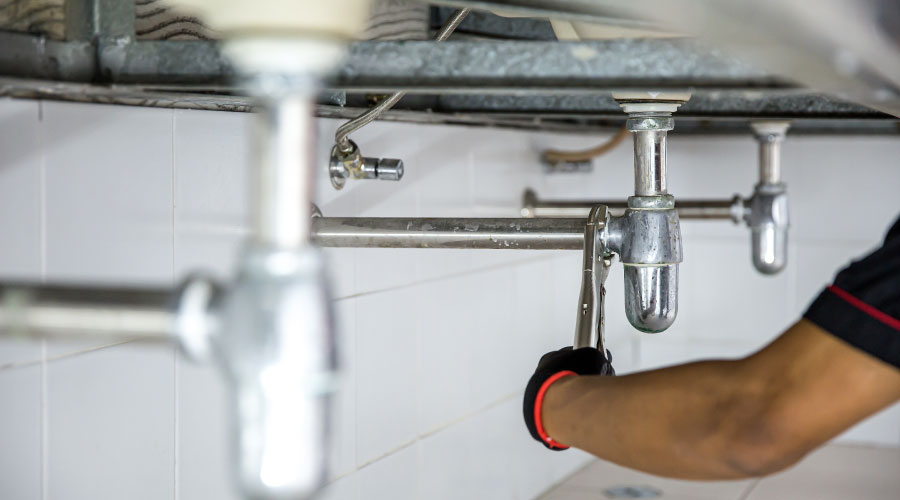What the Restroom Communicates About Your Building
Like it or not, your restrooms tell a story. Often the stories are unintentional. Grimy restrooms signal that management is indifferent to employee welfare. Using vinyl instead of tile on the wet wall raises questions about the organization’s financial health — especially as maintenance problems develop.
Still, the restroom is also a place where facility executives can proactively tell a story about the organization. And today that story more likely than not is about sustainability.
The trick is telling the story without going off script or over budget. For those who are renovating an existing restroom, technology developments give facility executives a number of options to consider.
“In the last few years, there have been a whole suite of technology advances when it comes to plumbing fixtures,” says Lois Vitt Sale, director of sustainability for NELSON.
A starting point is touchless metered faucets, experts say. Improvements in sensing technology over the years have contributed to widespread acceptance of touchless technology. The standard for lavatory faucets is to dispense water at a rate of 2.2 gpm at 60 psi, a standard that has remained static since the 1992 Energy Policy Act (EPAct).
Faucet aerators can cut that flow to as little as .5 gpm. “That’s a change you can make with pretty much no up-front cost,” says Tom Breu, plumbing department manager for Cogdell Spencer Erdman. Aerators are now made in varying designs, including 1.0, 2.2 and 2.5 gpm, Breu says.
For major renovation projects or new construction, facility executives should reduce the length of hot water lines if they intend to use the most aggressive faucet aerators. Because aerators slow the water flow rate, it will take longer for hot water to reach the fixture.
“What might have been a two- or three-second wait for hot water is now a 15-second wait,” says Breu. “Waiting that long to get warm water in the sink makes it more likely you’re going to get complaints.”
If making hot water lines shorter is not an option, add a circulation loop to the design. A circulation loop adds a third line and uses a small pump to constantly move water in the line to keep it hot.
Faucet aerators also reduce energy use because they reduce demand on hot water heaters. For that reason, in new construction projects where each floor has its own water heater, facility executives may want to ask whether they can downsize hot water heaters.
Related Topics:













